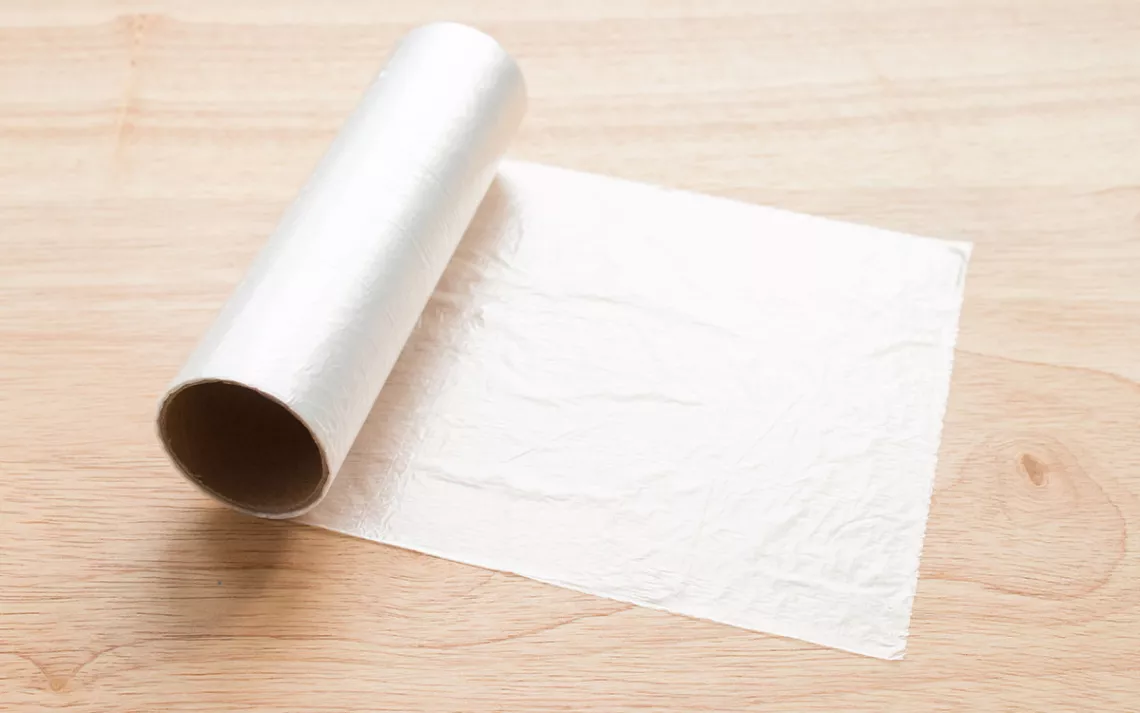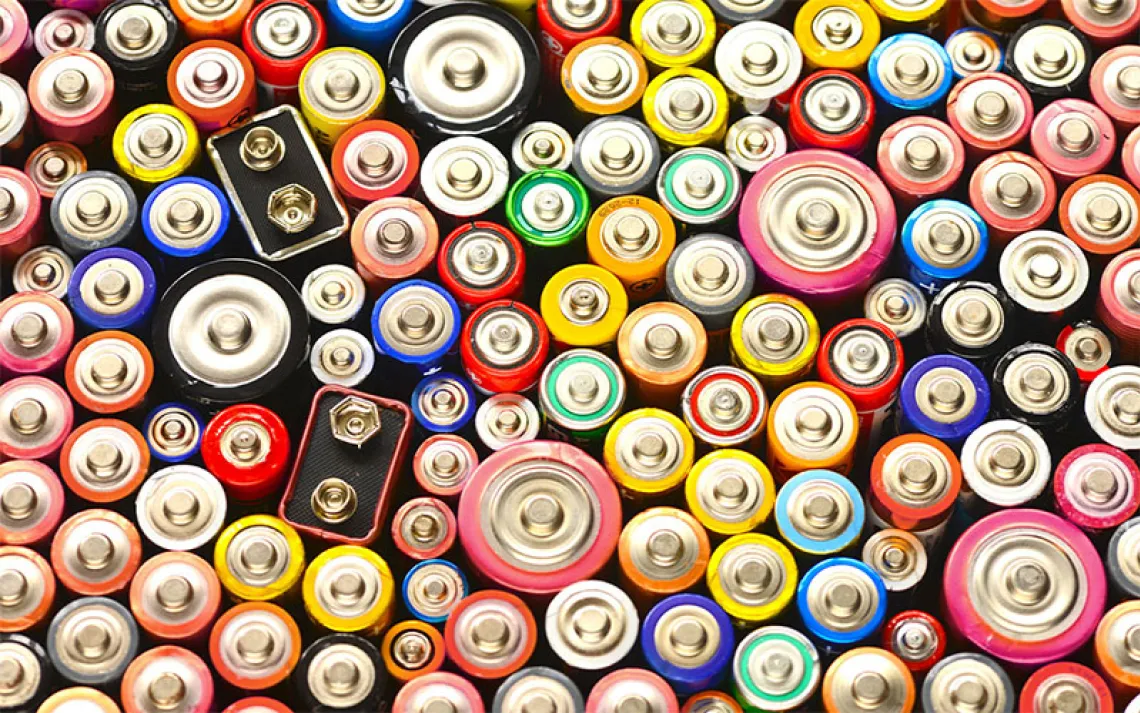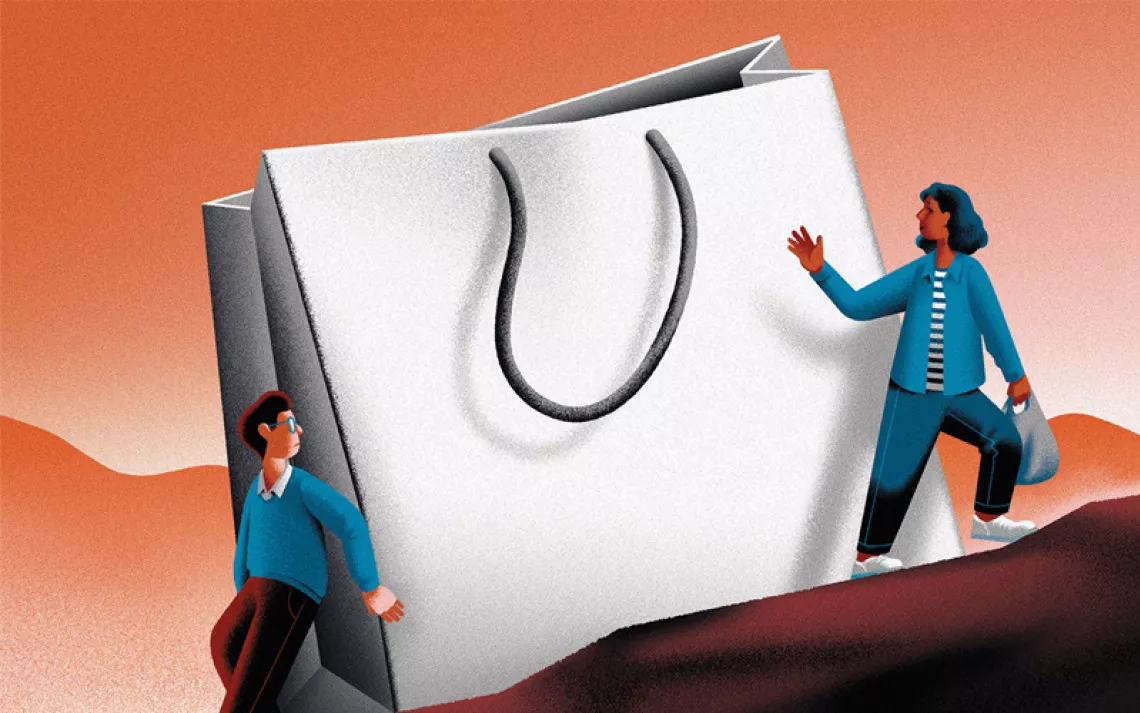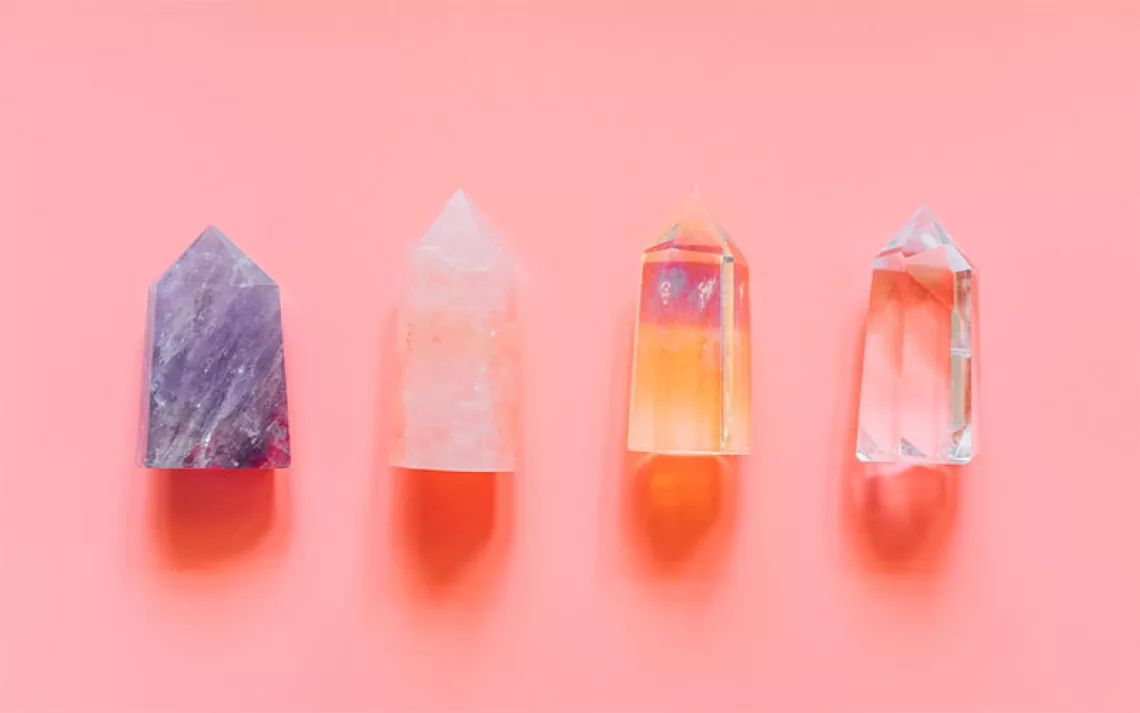What Is Cellophane, and Is It Recyclable?
What you need to know about bioplastic and “compostable” plastic plus safer alternatives

Photo by daizuoxin/iStock
Hey, Ms. Green!
What is cellophane anyway, and is it recyclable? It was used as a wrapper for years before plastics were widely used. What to do with it? Is it more eco-friendly than plastic?
—Janice, Albuquerque, New Mexico
Cellophane is a crisp, clear, and flexible material used for everything from food wrapping to envelope and cake box windows. It’s often referred to as a “bioplastic” material, so named because it is often made of the cellulose from wood, cotton, hemp, or another plant source. But that doesn’t mean it is the safest option for you or the planet. In fact, most bioplastics are made with toxic chemicals or petroleum-based ingredients and therefore can’t be recycled or composted, despite some of the clever marketing ploys you see on these products today.
One study found up to 20,000 chemicals in bioplastics—hundreds of which are toxic and are also used in conventional, fossil fuel plastics. “Extracts from cellulose- and starch-based materials generally triggered a strong in vitro toxicity and contained most chemical features,” the researchers of the study noted. When bioplastics break up, they release those toxic chemicals into our air, water, and compost. Some can be made of up to 75 percent petroleum-based ingredients.
“Wood is not an inherently sustainable material when used for single-use materials,” Erica Cirino, communications manager for the Plastic Pollution Coalition, told me. “Plus, cellophane is made using toxic carbon disulfide.”
Most bioplastics and other soft plastic products can’t be recycled. “I’m not aware of any soft plastic being recyclable as defined by current (2012) US Federal Trade Commission (FTC) Green Guides,” Sumona Majumdar, chief executive officer of Earth Island Institute, told me. A product or packaging is technically not recyclable if recycling facilities are not available to at least 60 percent of communities where a product is sold.
There are some bioplastics that claim to be 100 percent recyclable or compostable, but that doesn’t mean they are. The only bioplastic material you can consider composting are those that are BPI-certified, though BPI only certifies products that can be discarded in a city compost bin with food scraps and yard trimmings, and not in your backyard composting system. So don’t throw packaging for products like gift cards into the compost bin just because they are marketed as “compostable.” Sometimes you’ll see “USDA Biobased” certifications on bioplastic products. For example, CrownPoly has a plant-based bag the company describes as “USDA Certified 99 percent Bio-Based” and “100 percent recyclable.” But they're not compostable. Also, USDA Biobased materials can be made from animals.
A lot of so-called greener online shipping packaging comes in materials the shippers describe as compostable because they make use of bioplastics. But all too often, these materials just contribute to our plastic pollution crisis. That’s because if your city doesn’t take compostable plastic, your only option is to put compostables in the landfill, which contributes to climate change.
Some people like to buy glassine or wax paper as a greener alternative to cellophane, but those aren’t great options either. Glassine is made from virgin wood cellulose. Wax paper is coated with paraffin or soybean-based wax and is not recyclable or compostable. Parchment paper from If You Care would be the better alternative.
I asked the Plastic Pollution Coalition for safer alternatives. It recommends Sway Flagship’s seaweed-based retail boxes, polybags, polymailers, and pouches. According to Alyssa Pace, the communications lead at Sway, “Sway Flagship is 100 percent USDA Biobased Certified with no toxic chemicals and is produced without carbon disulfide (CS2). It’s made with 70 to 80 percent seaweed, and the rest is derived from renewable starches and sugars.”
And remember that there are many other alternatives to compostable plastic for your packaging needs. For example, instead of single-use “compostable” foodware for schools or events, try Usefull’s plastic-free takeout foodware. Users scan the QR code on the bottom of their cup or bowl, just like a library book. Their app then reminds them to return the container for reuse.
According to Jan Dell, founder of The Last Beach Cleanup, an advocacy group that has been fighting false recycling labels for more than five years, “State and federal authorities are very rarely responsive to complaints. It’s very hard to sue, although I’ve now won two lawsuits,” she said. The real solution is stopping pollution at the source through laws that curb plastics production, such as a strong, enforceable Global Plastics Treaty.
 The Magazine of The Sierra Club
The Magazine of The Sierra Club



